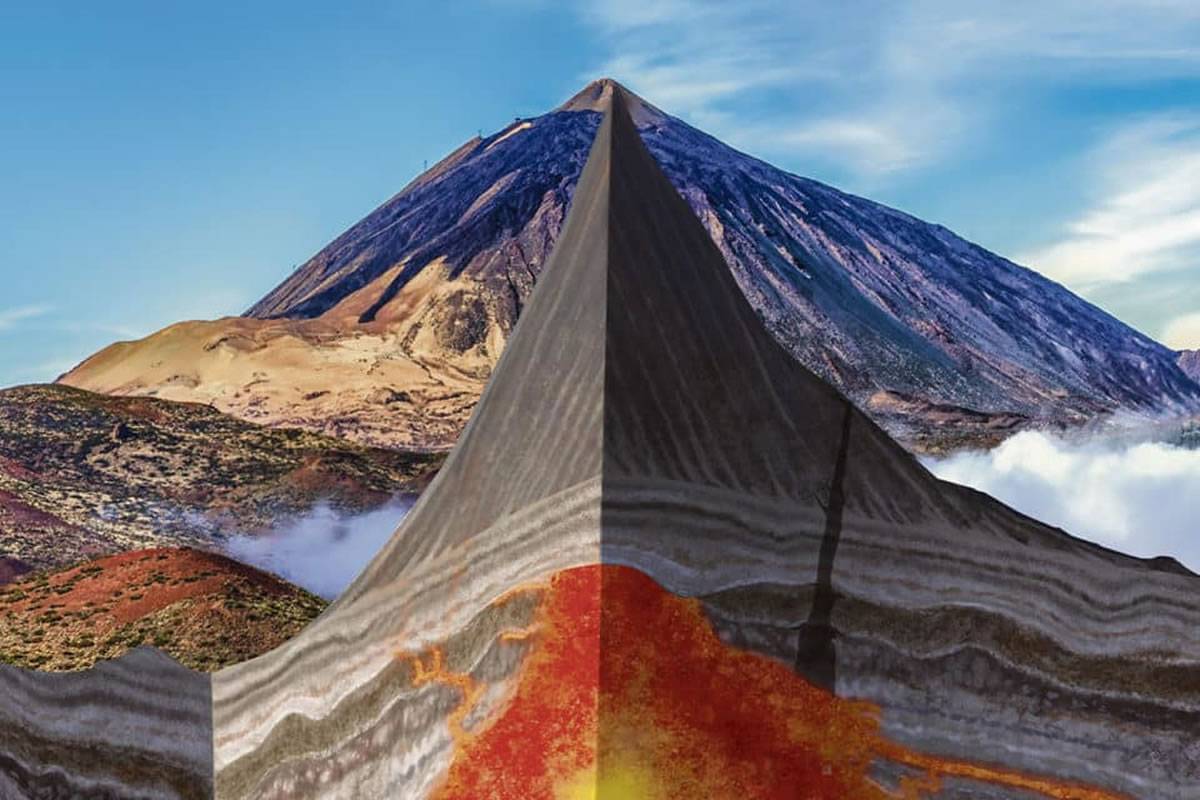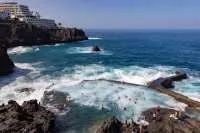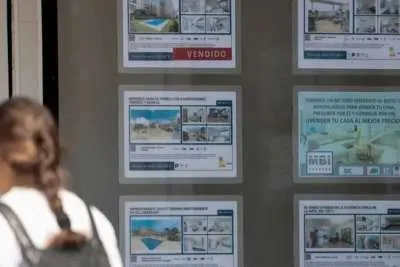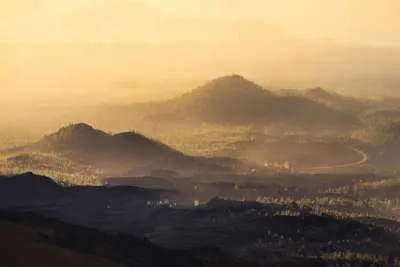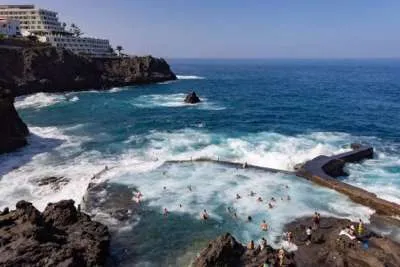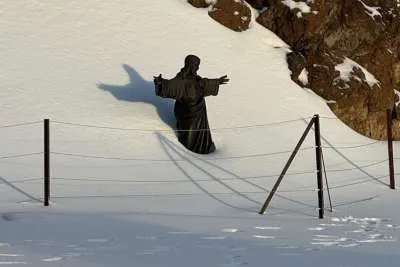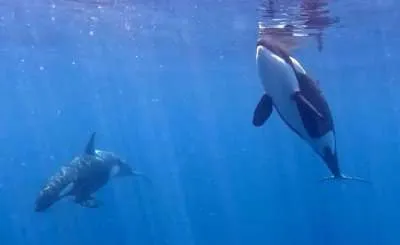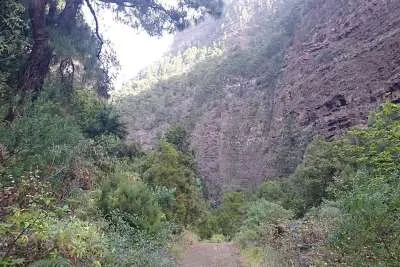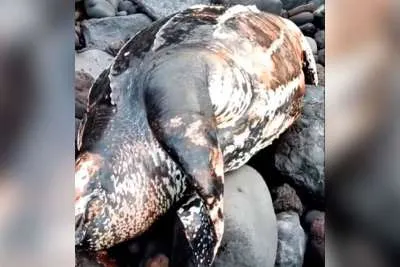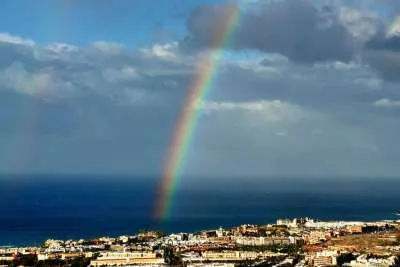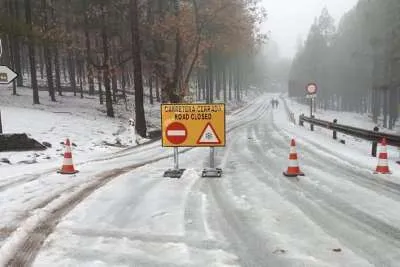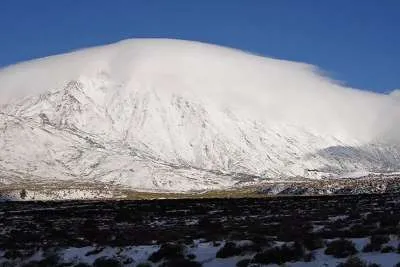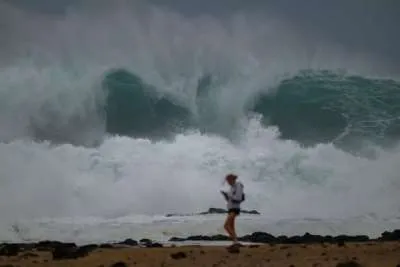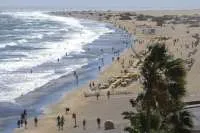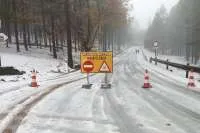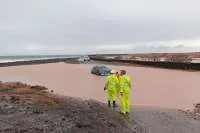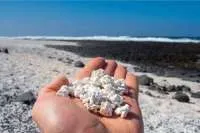Study confirms that magma has broken through the crust and is slowly rising under Teide
- 09-04-2023
- Tenerife
- INVOLCAN / IGN
The seismic tomography carried out by the Volcanological Institute of the Canary Islands (INVOLCAN) together with the Trofimuk Institute of Petroleum Geology and Geophysics of Novosibirsk (Russia) and the University of Granada has revealed what is actually happening under Mount Teide in the depths of Tenerife.
Before carrying out this study, there was only indirect evidence of the presence of a magmatic reservoir, says Involcan seismologist Luca D'Auria. Now, this work "has discovered the existence of a 'hot heart', located under the island, made up of rocks that have a high temperature, which allows the magma to ascend very slowly in the form of giant bubbles, technically called diapirs."
"These high-temperature zones allow the magma to stagnate for long periods of time inside the island's crust, slowly cooling, releasing volcanic gases, and evolving into a more explosive type of magma.”
Even though it has not been possible to accurately identify the number of pockets of this type that exist under Teide, D'Auria confirmed that they have detected areas with hydrothermal fluids (hot water, gas, steam) and magma at depths of less than 5 kilometres.
“Previous studies based on the analysis of the electrical resistivity of the rocks seem to exclude the presence of liquid magma. Most likely, they are old reservoirs that are still hot, although they are full of solid rock. At depths greater than 10 kilometres, although there is no direct evidence, the presence of magma pockets is possible," he said.
However, the seismologist assures that “at present, there is no evidence that a volcanic eruption will take place in Tenerife in the short/medium term. Undoubtedly, as of 2016, the island has shown geochemical and geophysical signs that indicate an increase in its activity that, at this time, are only of scientific interest, and don’t pose any threat."
Neither has the study implied a change in the chances of a future eruption in Tenerife since this aspect "is assessed through the study of the previous history of the volcano," says D'Auria.
“Taking into account the number of historical eruptions, the probability that there will be a volcanic eruption in Tenerife in the next 50 years can be calculated to around 40%.”
D'Auria acknowledges that several seismic swarms have been recorded as of 2016. “This increase in microseismicity, coinciding with a strong increase in the emission of carbon dioxide measured in the Teide crater, and the absence of significant terrain deformations, suggests that what we are observing is the release of gases by one of these "bubbles" of magma that are rising very slowly," says the scientist.
Other articles that may interest you...
Trending
Most Read Articles

Featured Videos
A Vision of Elvis Tenerife Promo
- 10-05-2025
TEAs 2025 Highlights
- 17-11-2025


